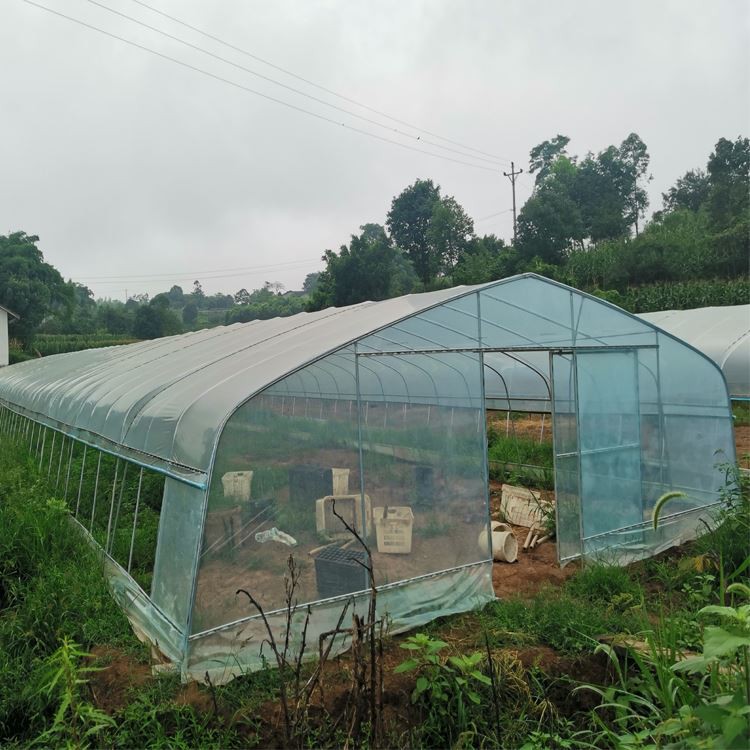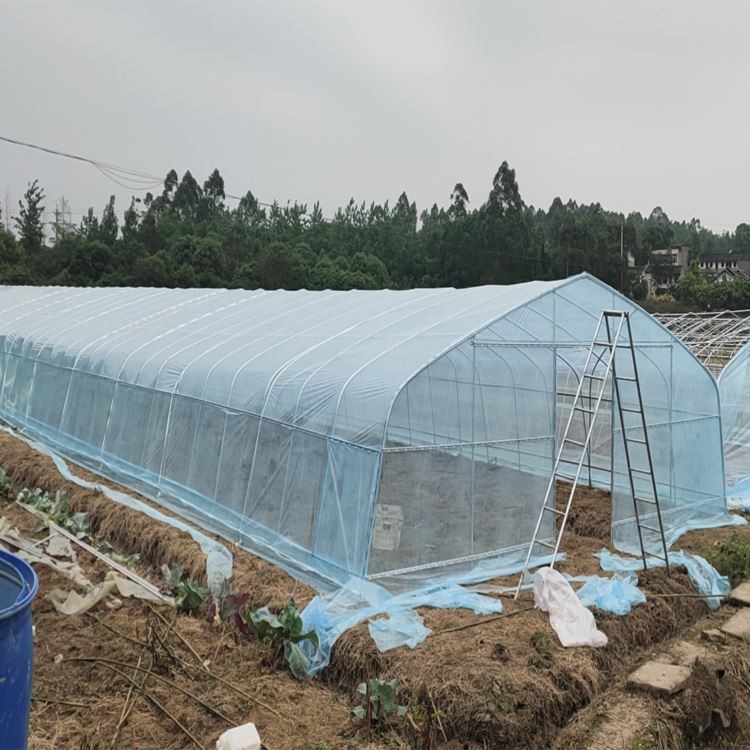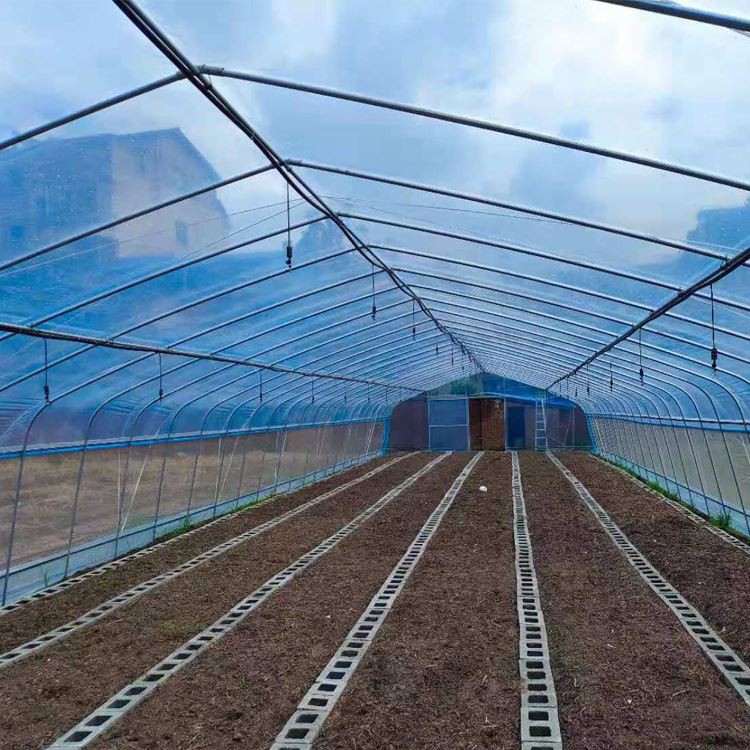The correct selection of fruit tree varieties in greenhouse facilities is directly related to the success or failure of greenhouse facility cultivation. The selection of varieties is particularly important in greenhouse facility cultivation. The following principles must be adhered to.
1. Facilitate cultivation
The very early, early and mid-maturing varieties should be selected to facilitate the early market; the delayed cultivation should be the late-maturing variety or the variety that is easy to produce multiple times.
2. Short dormancy period
Choose varieties that have a short natural dormancy period, low cold demand, and easy to artificially break dormancy for early or ultra-early protection and production.
From an environmental point of view, fruit trees in greenhouse facilities promote cultivation, and the earlier the shed time is, the earlier the maturity time to market, the higher the benefit. However, there is a limit to the time of shed in the greenhouse cultivation, and it is not unlimited in advance and arbitrarily set. Because deciduous fruit trees have a natural dormancy habit. If the accumulation of low temperature is not enough, the fruit tree’s need for cooling is not enough, and the natural dormancy is not passed, even if the shed is insulated and given suitable environmental conditions for growth and development, the fruit tree will not sprout and bloom, sometimes Despite the buds, the flowers are often irregular, the production cycle is long, and the fruit setting rate is low. Therefore, the amount of cold required is the primary basis for determining the time of shed. Satisfying the cold demand of fruit trees and making them through natural dormancy is the basis for the successful cultivation of greenhouse facilities. Only in this way can fruit trees grow and develop normally under the conditions of greenhouse facilities.
At present, the cultivation of grapes in greenhouses and greenhouses in production uses lime nitrogen to break dormancy. The scientific name of lime nitrogen is calcium cyanamide. After the grapes are treated with lime nitrogen, they can germinate 20-25 days earlier than untreated grapes and germinate neatly. Every 1kg of lime nitrogen needs to add 5kg of warm water at 40-50℃. When using, put lime nitrogen and warm water in a bucket or basin, stir constantly, fully soak for more than 2 hours to make it evenly paste, and add an appropriate amount to spread Apply the agent, and then use a small brush to dip in an appropriate amount, and apply evenly on the upper part of the grape fruiting branches and the buds on both sides. The length of the application is 2/3 of the branches. After application, the branches are applied to the ground and covered with a film to moisturize for 3-5 days .









